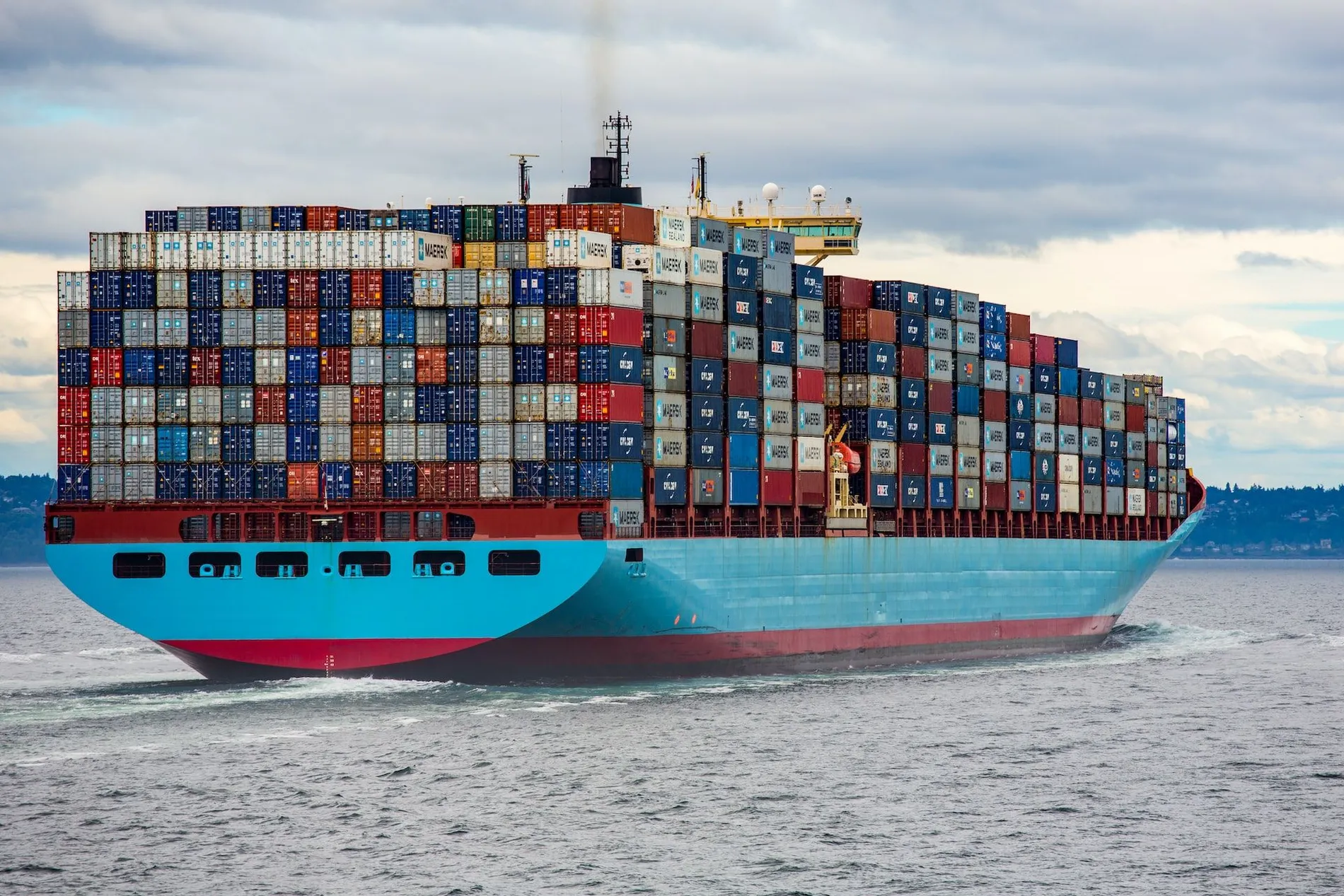When shipping goods by ocean freight, one of the most important decisions you’ll need to make is whether to choose LCL (Less Than Container Load) or FCL (Full Container Load). Both options have their advantages, but the best choice depends on factors like shipment size, cost considerations, and urgency. In this post, we’ll break down the differences between LCL and FCL and help you determine which is the right fit for your business.
What is LCL?
LCL stands for Less Than Container Load, which means your goods are combined with other shipments in a shared container. If you don’t have enough cargo to fill an entire container, LCL can be a cost-effective option, as you only pay for the space you use.
Advantages of LCL:
- Cost-Effective for Smaller Shipments: If you’re shipping less than a full container’s worth of goods, LCL can save you money.
- Flexibility: LCL allows you to ship smaller volumes more frequently, which can help manage inventory.
- No Need to Wait for a Full Load: You can ship your goods as soon as they’re ready, without waiting to fill an entire container.
Considerations for LCL:
- Longer Transit Times: Since LCL involves consolidating multiple shipments, loading and unloading can take longer, potentially increasing transit times.
- Handling Risk: Your goods will be handled more frequently, as they are consolidated with and separated from other shipments. This can increase the risk of damage.
What is FCL?
FCL stands for Full Container Load, meaning you rent an entire container for your shipment. Whether you fully load the container or not, it is reserved exclusively for your cargo.
Advantages of FCL:
- Faster Transit Times: With no need for consolidation, FCL shipments are processed more quickly at ports, reducing transit times.
- Less Handling: Since your goods are not mixed with other shipments, there’s less handling, lowering the risk of damage.
- Cost Efficiency for Large Shipments: If you have enough cargo to fill a container or more, FCL can be more cost-effective than LCL on a per-unit basis.
Considerations for FCL:
- Higher Costs for Small Shipments: If your shipment is small, paying for an entire container may not be cost-effective.
- Limited Flexibility for Smaller Volumes: If you don’t have enough goods to fill a container, you may have to wait longer before you can ship or pay for unused space.
How to Choose Between LCL and FCL?
To decide whether LCL or FCL is best for your shipment, consider the following factors:
- Shipment Size and Volume:
- If your shipment is large enough to fill an entire container, FCL is typically more cost-efficient. If you’re only shipping a small volume, LCL might be the better choice.
- Budget Considerations:
- LCL is generally more affordable for smaller shipments, while FCL can save costs for larger volumes.
- Time Sensitivity:
- If you need faster delivery and less handling, FCL is the way to go. LCL may involve more handling, increasing transit times slightly.
- Risk Tolerance:
- FCL minimizes handling, reducing the risk of damage. If your goods are fragile or high-value, FCL might be the safer option. For less delicate items, LCL is often sufficient.
Parwaaz Logistics: Your Trusted Partner for Ocean Freight Solutions
At Parwaaz Logistics, we understand that each business has unique shipping needs. Whether you opt for LCL or FCL, we offer expert guidance to ensure you make the right choice for your specific requirements. Our team is dedicated to providing seamless, efficient, and reliable ocean freight services that help your business grow.
Need help choosing between LCL and FCL? Contact Parwaaz Logistics today for a personalized consultation.
📧 Email: info@parwaazlogistics.com
📱 Phone: +92 311 1171615
🌐 Website: www.parwaazlogistics.com




